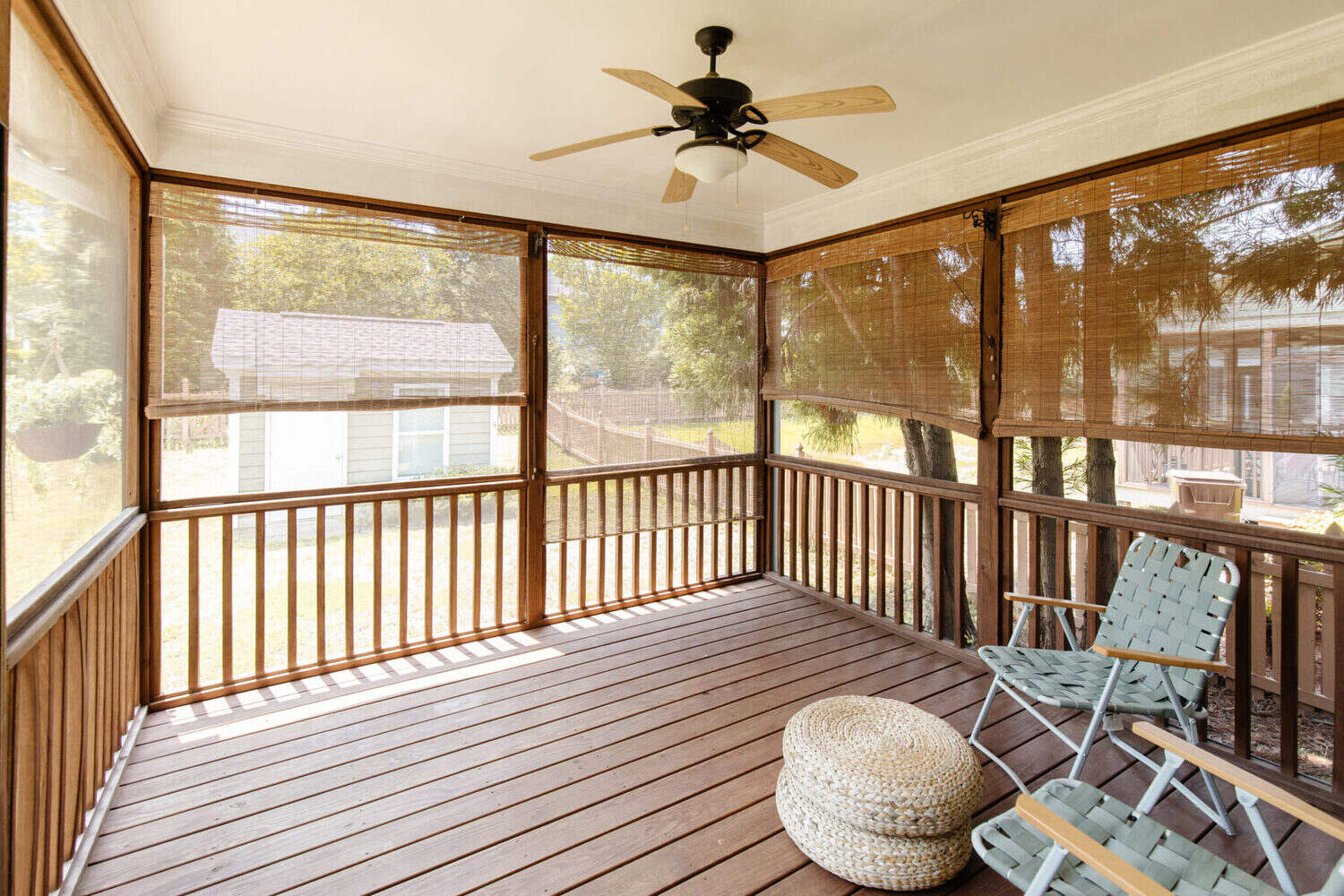

Articles
How To Cool Down A Screened-In Porch
Modified: August 16, 2024
Looking for articles on how to cool down a screened in porch? Discover effective tips and tricks to beat the heat and create a comfortable outdoor space.
(Many of the links in this article redirect to a specific reviewed product. Your purchase of these products through affiliate links helps to generate commission for Storables.com, at no extra cost. Learn more)
Introduction
Welcome to the world of screened-in porches, where you can enjoy the beauty of the outdoors while being protected from pesky bugs and insects. However, one common challenge that screened-in porch owners face is dealing with heat buildup during those sweltering summer months. When the sun beats down on your porch, it can quickly turn into an uncomfortably hot and stuffy space.
But fear not! In this article, we will explore various strategies to help you cool down your screened-in porch and make it a more comfortable and enjoyable place to relax. Whether you’re looking for simple solutions or willing to invest in more advanced cooling options, we’ve got you covered.
Before we dive into specific cooling techniques, let’s take a moment to understand why screened-in porches tend to get hot and the challenges that come with cooling them down.
Key Takeaways:
- Transform your screened-in porch into a cool oasis by maximizing natural ventilation, adding shade, and insulating the space. Experiment with different techniques to find the best cooling solution for your unique porch.
- Manage sunlight, enhance airflow, and consider cooling devices to create a comfortable and inviting space in your screened-in porch. Assess your porch’s design and materials to tailor cooling strategies to your specific needs.
Read more: How To Screen In A Porch
Understanding the Problem
Screened-in porches can get hot for several reasons. First, the walls and roof of the porch act as barriers that trap heat inside. When sunlight shines on the porch, it penetrates through the screens and heats up the air trapped inside. Without proper ventilation or insulation, this heat can quickly build up, making your porch feel like an oven.
Furthermore, the materials used in constructing the porch, such as wood, metal, or glass, can absorb and radiate heat, further intensifying the problem. Additionally, the positioning of the porch in relation to the sun’s path can influence the amount of direct sunlight it receives, impacting the overall temperature.
Cooling down a screened-in porch poses unique challenges compared to cooling traditional indoor spaces. Unlike a room with four solid walls, a screened-in porch is more exposed to the elements. This can make it difficult to maintain a consistent temperature, especially if you’re relying solely on natural ventilation.
Another factor to consider is the size and layout of your porch. Large porches with high ceilings may require more effort to cool down efficiently. Also, if your porch is located in a particularly hot and humid climate, conventional cooling methods may not be as effective.
However, don’t let these challenges deter you. With the right approach and a combination of various techniques, you can significantly improve the comfort level of your screened-in porch, even on the hottest of days.
Assessing Your Porch
Before diving into cooling solutions, it’s important to assess the design and construction of your screened-in porch. This evaluation will help you identify potential sources of heat and determine the best course of action for cooling it down.
Start by examining the overall design of your porch. Is it fully enclosed with screens on all sides, or are there any gaps or openings that may allow heat to enter? Check for any cracks or holes in the screens that might compromise the effectiveness of your cooling efforts.
Next, consider the materials used in the construction of your porch. Certain materials, such as metal or glass, are more heat-conductive and can absorb and radiate heat more easily. Wood, on the other hand, can expand and contract in response to temperature changes, potentially causing gaps that allow heat to seep in. Understanding the properties of the materials used in your porch will help you make informed decisions about cooling options.
Take note of the orientation of your porch in relation to the sun’s path. Is it exposed to direct sunlight for extended periods of time? Assessing the sun exposure will give you insights into how much heat your porch is likely to accumulate during the day.
Identify potential sources of heat within your porch. Is there any equipment or appliances that generate heat, such as a grill or a hot tub? These can contribute significantly to the overall temperature of the space. Consider relocating or properly insulating these heat sources to minimize their impact on the porch.
By thoroughly evaluating the design, materials, sun exposure, and potential heat sources, you’ll have a better understanding of the factors contributing to the heat buildup in your screened-in porch. Armed with this knowledge, you can now proceed to implement effective cooling strategies that are tailored to the specific needs of your porch.
Enhancing Airflow
One of the simplest and most cost-effective ways to cool down a screened-in porch is by maximizing natural ventilation. By increasing the airflow, you can promote the exchange of hot air with cooler air from outside, creating a refreshing breeze. Here are some tips to help you enhance airflow in your porch:
- Position your furniture and decor strategically: Arrange your furniture in a way that allows air to flow freely throughout the space. Avoid blocking any potential air pathways with large objects or obstructions.
- Create cross ventilation: Open multiple doors and windows on opposite sides of the porch to encourage cross ventilation. This will allow air to circulate more effectively.
- Install screens with larger openings: If your screens have smaller mesh openings, consider replacing them with screens that have larger gaps. This will enable better airflow while still keeping out bugs and insects.
- Utilize natural ventilation during cool hours: Take advantage of early mornings or evenings when the temperature is lower. Open up your porch to let in the cooler air and close it off during the hottest parts of the day.
- Install ceiling fans: Ceiling fans are a great addition to a screened-in porch as they help circulate the air effectively. Opt for models with multiple speed settings and a reverse feature to keep the air moving in the desired direction.
- Use portable fans: If ceiling fans are not an option, consider using portable fans strategically placed around the porch. These can provide an additional boost to air circulation.
Remember to keep windows and doors open when using fans to allow for proper air exchange. Additionally, make sure to clean and maintain your fans regularly to ensure optimal performance.
By implementing these tips and techniques, you can make the most out of natural ventilation and create a comfortable and breezy atmosphere in your screened-in porch.
Adding Shade
Creating shade in your screened-in porch is another effective way to cool down the space. By blocking direct sunlight, you can significantly reduce heat buildup and create a more comfortable environment. Here are a few suggestions for adding shade to your porch:
- Installing awnings: Awnings can be a great addition to your porch, offering shade and protection from the sun’s rays. You can choose from a variety of materials, including fabric and retractable options, depending on your aesthetic preferences and budget.
- Using shades or blinds: Installing shades or blinds on your porch windows can help block sunlight and reduce heat transfer. Opt for lighter colors to reflect sunlight and choose materials designed for outdoor use.
- Growing plants for shade: Consider planting trees or tall shrubs around your porch to provide natural shade. Select trees with dense foliage that can cast a shadow over the porch during peak sunlight hours. Just ensure that the plants you choose are suitable for your climate and won’t cause any damage to your porch or foundation.
- Installing trellises: If you prefer a more decorative approach, consider installing trellises with climbing plants near your porch. Not only will the plants provide shade, but they can also add beauty and charm to your outdoor space.
When considering shade options, make sure to take into account the position of the sun throughout the day and adjust your shading accordingly. For example, if your porch receives direct sunlight in the afternoon, focus on shading the west-facing areas.
Adding shade to your porch not only helps cool down the space but also provides a more pleasant and inviting atmosphere. Experiment with different shading techniques and find the solution that works best for your porch.
Install a ceiling fan in your screened-in porch to help circulate the air and create a cooling breeze. Position the fan to blow air down and create a comfortable environment.
Read more: How To Build Screens For A Porch
Insulating Your Porch
Insulating your screened-in porch is crucial to prevent heat from seeping in and to maintain a cool and comfortable environment. Proper insulation can help regulate the temperature and reduce the heat transfer from outside. Here are some strategies to insulate the walls, ceiling, and floors of your porch:
- Insulating the walls: Consider adding insulation to the walls of your porch to minimize heat transfer. This can be done by installing insulation boards or panels that are suitable for exterior use. Make sure to seal any gaps or cracks before applying the insulation.
- Insulating the ceiling: If your porch has a ceiling, insulate it to create a barrier against heat. Insulation materials such as foam or fiberglass can be installed between the joists to prevent heat from radiating down into the porch.
- Insulating the floors: Insulate the floors by adding insulation material underneath them. This will help prevent heat from rising through the floor and keep the temperatures cooler in the porch. Consider using materials like rigid foam boards or spray foam insulation.
- Using window treatments: Install window treatments, such as blinds, curtains, or shades, to reduce heat transfer through the windows. Choose light-colored or reflective materials that can reflect sunlight and prevent it from entering the porch. Make sure to close the window treatments during the hottest parts of the day.
In addition to insulating the walls, ceiling, and floors, it’s important to seal any potential gaps or cracks in your porch. These small openings can allow heat to enter and increase the overall temperature. Use caulk or weather-stripping to seal any openings around windows, doors, and other areas where air can leak in or out.
By properly insulating your porch and using window treatments to reduce heat transfer, you can create a more efficient and comfortable space that stays cooler even in the hottest weather.
Using Cooling Devices
If natural ventilation and insulation alone aren’t sufficient to cool down your screened-in porch, you may want to consider using cooling devices. There are various options available, each with its own advantages and considerations. Here are a few cooling devices to consider:
- Air conditioners: Installing an air conditioner can provide instant relief from the heat. Window or wall-mounted units are commonly used for cooling small to medium-sized porches. However, it’s important to ensure that your porch has appropriate insulation and sealing to maintain the desired temperature efficiently.
- Evaporative coolers: Evaporative coolers, also known as swamp coolers, use water evaporation to cool the air. These devices work best in dry climates where humidity levels are low. They can be a cost-effective, eco-friendly alternative to traditional air conditioners.
- Ceiling-mounted fans: Adding ceiling-mounted fans to your porch can provide a continuous breeze and enhance airflow. Make sure to consider the size and height of your porch when determining the number and placement of ceiling fans.
- Portable fans: Portable fans can provide a quick and targeted cooling solution for your porch. Consider using oscillating fans to distribute cool air evenly throughout the space, or place them strategically to create a cross breeze.
When using cooling devices, proper placement and sizing are essential for optimal performance. Consider the size of your porch and the capacity of the cooling device. Installing a device that is too small may not effectively cool the space, while a device that is too large may consume more energy than necessary.
Additionally, consider the placement of cooling devices to maximize their effectiveness. For air conditioners and evaporative coolers, position them near windows or openings to allow for efficient air circulation. For fans, place them strategically to create a cross breeze and enhance natural ventilation.
Prioritize regular maintenance and cleaning of your cooling devices to ensure their efficiency and longevity. This includes cleaning or replacing filters, checking for any blockages or obstructions, and scheduling professional maintenance as needed.
By carefully considering the options and proper placement of cooling devices, you can create a cool and comfortable environment in your screened-in porch even during the hottest days.
Managing Sunlight
One of the key factors in cooling down your screened-in porch is managing sunlight. By reducing direct sunlight exposure, you can significantly lower the temperature and create a more comfortable space. Here are some effective ways to manage sunlight:
- Utilizing blinds or curtains: Install blinds or curtains on your porch windows to block direct sunlight. Choose light-colored, reflective, or blackout materials to effectively reduce heat transfer and UV rays. Adjust the blinds or curtains throughout the day to control the amount of sunlight entering your porch.
- Applying reflective window film: Reflective window film can be applied to your porch windows to reduce the amount of heat that enters. This film reflects the sun’s rays, minimizing heat absorption. Look for window films with high solar heat gain coefficients (SHGC) and low emissivity (low-E) ratings for optimal heat reduction.
- Using solar screens: Solar screens are mesh-like screens that can be installed on the exterior of your porch windows. They are designed to block a portion of the sunlight and heat while still maintaining visibility and airflow. Solar screens can effectively reduce solar heat gain, making your porch more comfortable.
When utilizing blinds, curtains, window film, or solar screens, it’s important to consider the orientation of your porch and the path of the sun throughout the day. Adjust your window treatments accordingly to block the sunlight during the hottest parts of the day while still allowing natural light and views when desired.
Additionally, consider the aesthetics and functionality of the window treatments you choose. Opt for materials that are durable and suitable for outdoor use, as they may be exposed to elements such as rain and humidity.
By effectively managing sunlight, you can reduce heat gain in your screened-in porch and create a cooler and more enjoyable space to relax and unwind.
Improving Insulation
To further enhance the cooling efficiency of your screened-in porch, it’s essential to focus on improving the insulation. By addressing any gaps, cracks, or weak points, and upgrading the insulation material, you can prevent heat transfer and maintain a comfortable temperature inside the porch. Here are some steps to improve insulation:
- Inspect and seal gaps or cracks: Thoroughly inspect your porch for any gaps or cracks where air might be leaking in or out. Common areas to check include windows, doors, joints, and seams. Use caulk, weatherstripping, or expanding foam to seal any openings and reduce air infiltration.
- Upgrade insulation material: Consider upgrading the insulation material used in the walls, ceiling, and floors of your porch. Insulation options include foam boards, fiberglass batts, or spray foam insulation. Choose materials with higher R-values, which indicate better thermal resistance, for improved insulation efficiency.
- Focus on insulated windows: Windows are often a major source of heat transfer. If your porch has windows, consider upgrading them to insulated windows with double or triple glazing. These windows have multiple layers of glass and gas-filled spaces between them, providing better insulation and reducing heat transfer.
When upgrading insulation, it’s important to consider the climate conditions in your area. Insulation requirements may vary depending on whether you live in a hot or cold climate. Consulting with a professional insulation contractor can help you determine the best insulation material and R-value for your specific needs.
In addition, ensure proper installation of the insulation material to avoid any gaps or voids that may compromise its effectiveness. Properly installed insulation can significantly improve the energy efficiency and comfort level of your screened-in porch.
By inspecting and sealing gaps, cracks, and weak points, as well as upgrading the insulation material used in your porch, you can create a more thermally efficient space that stays cool in the summer and warm in the winter.
Read more: How To Frame A Screen Porch
Conclusion
Transforming your hot and stuffy screened-in porch into a cool and comfortable oasis is within reach. By employing a combination of strategies and techniques, you can effectively cool down your porch and enjoy a refreshing outdoor experience even during the hottest days. Let’s recap the key points discussed:
Understanding the problem: Screened-in porches get hot due to the heat trapped inside and the materials used in their construction. Cooling them down requires addressing these challenges.
Assessing your porch: Evaluating the design, materials, and potential sources of heat in your porch helps determine the appropriate cooling solutions.
Enhancing airflow: Maximizing natural ventilation, along with the installation of ceiling fans or portable fans, improves air circulation and creates a cooling breeze.
Adding shade: Installing awnings, shades, or using plants and trellises for shade helps block direct sunlight and reduces heat buildup.
Insulating your porch: Adding insulation to walls, ceiling, and floors, as well as utilizing window treatments, prevents heat transfer and preserves a cooler environment.
Using cooling devices: Consider options like air conditioners or evaporative coolers and ensure proper placement and sizing for optimal cooling efficiency.
Managing sunlight: Utilize blinds, curtains, reflective window films, or solar screens to block direct sunlight and reduce heat gain.
Improving insulation: Inspect and seal gaps or cracks, upgrade insulation materials, and focus on insulated windows to enhance the overall thermal efficiency of your porch.
By implementing these strategies, you’ll transform your screened-in porch into a comfortable retreat where you can relax and unwind, even on the hottest summer days.
Remember, each porch is unique, and various factors such as climate, size, and design will influence the ideal cooling solutions. Experiment with different techniques, consult professionals if needed, and find the combination that works best for you. With a little effort and creativity, you’ll create a cool and inviting space where you can fully enjoy the beauty of your screened-in porch.
Frequently Asked Questions about How To Cool Down A Screened-In Porch
Was this page helpful?
At Storables.com, we guarantee accurate and reliable information. Our content, validated by Expert Board Contributors, is crafted following stringent Editorial Policies. We're committed to providing you with well-researched, expert-backed insights for all your informational needs.
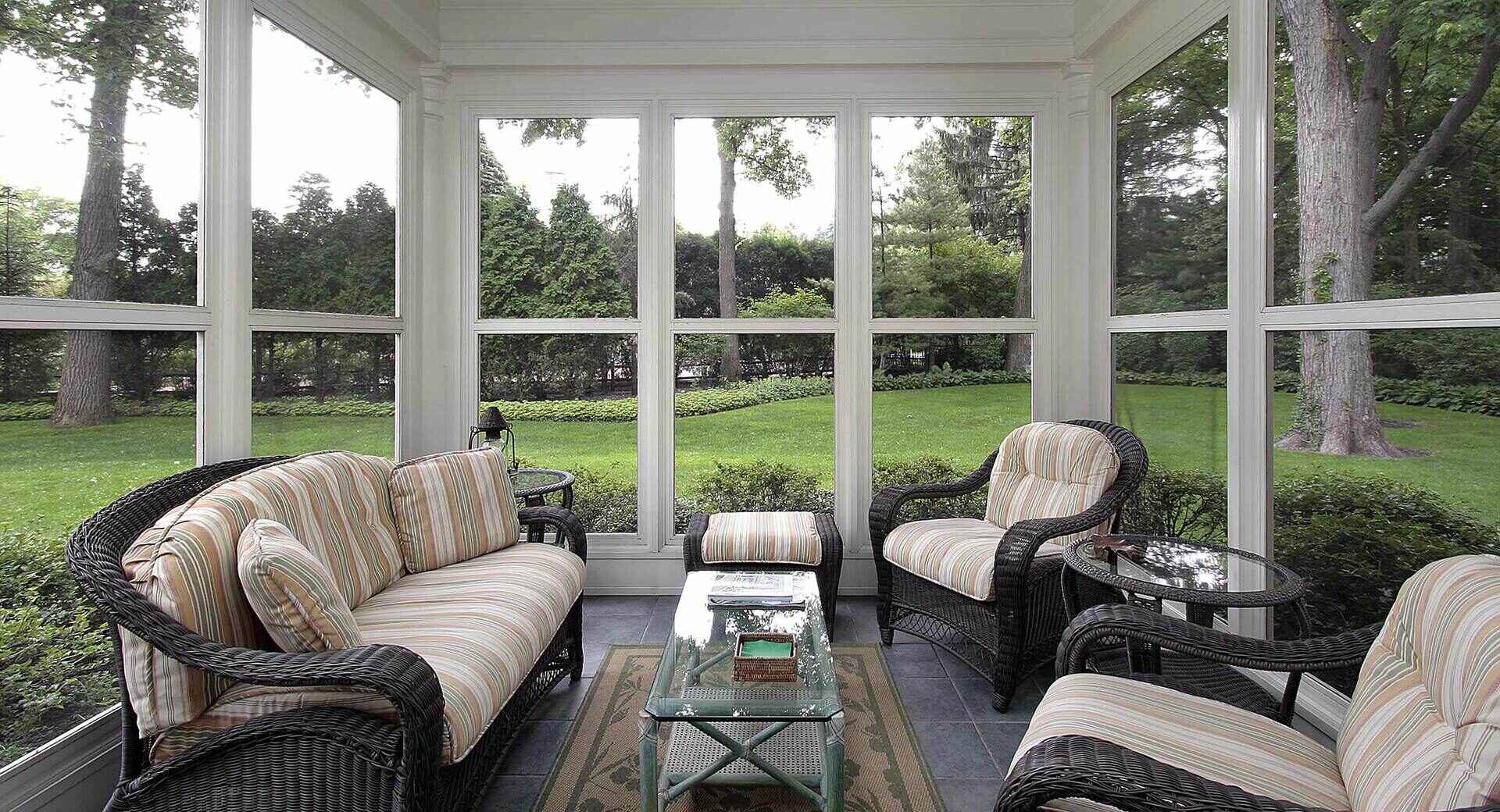


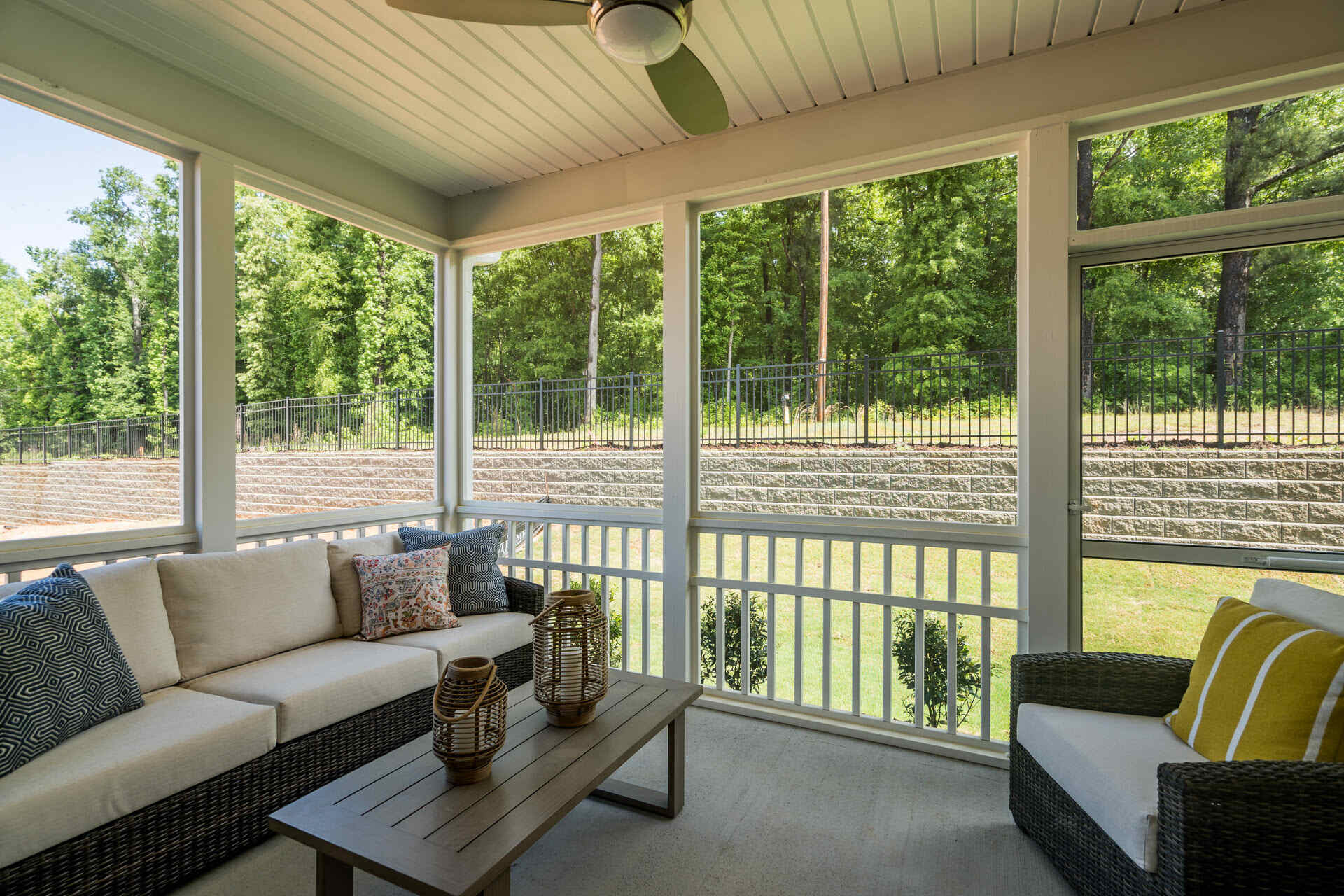
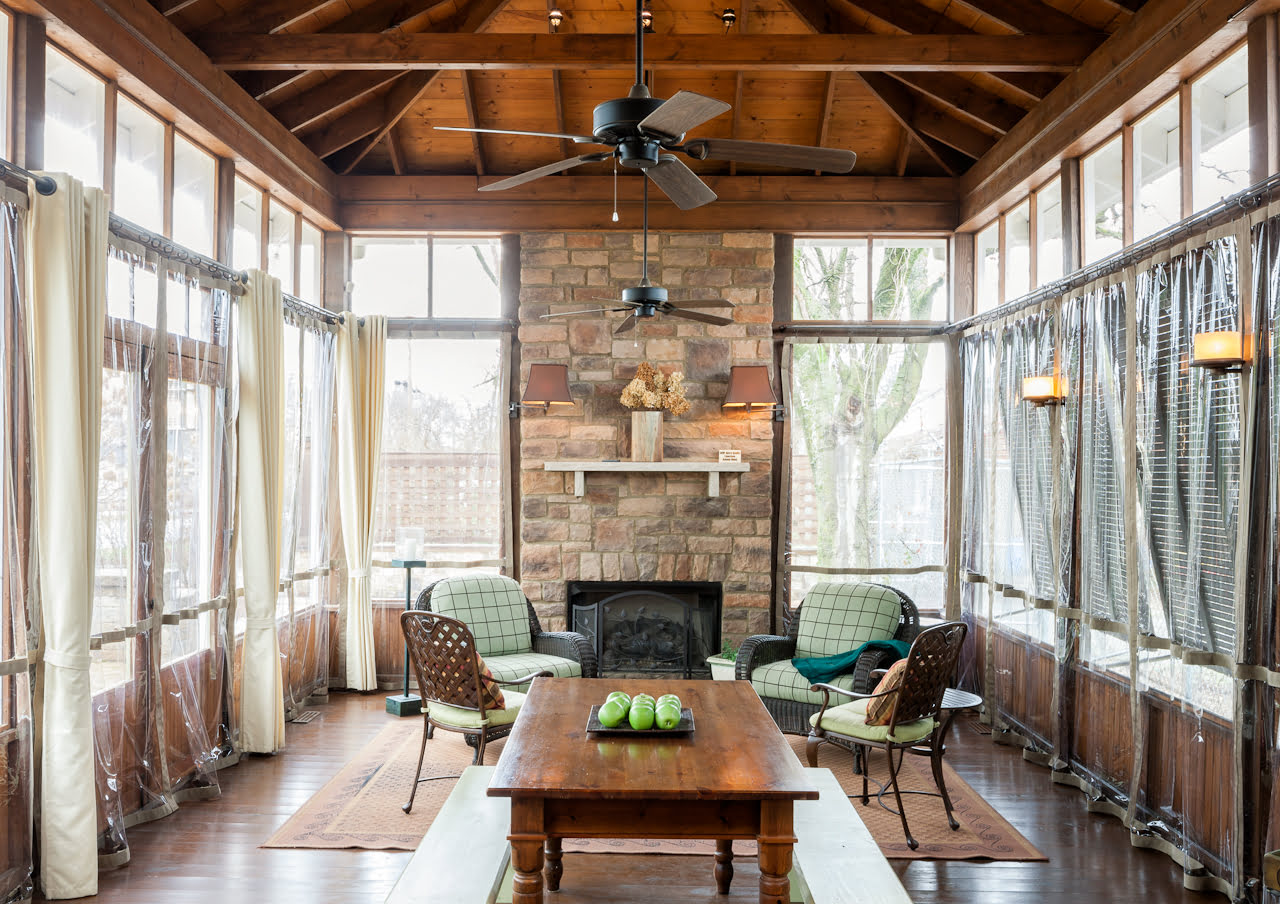
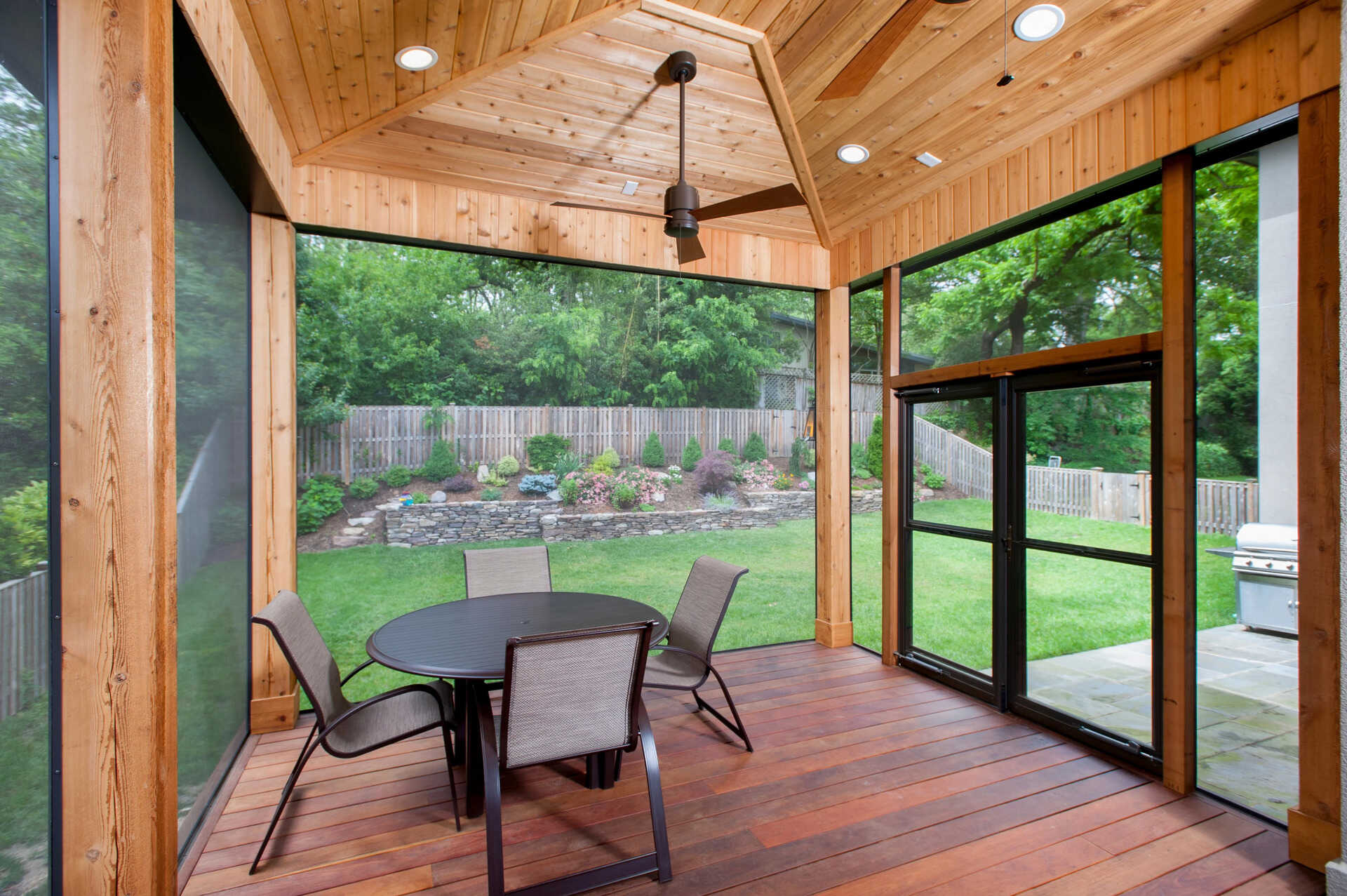
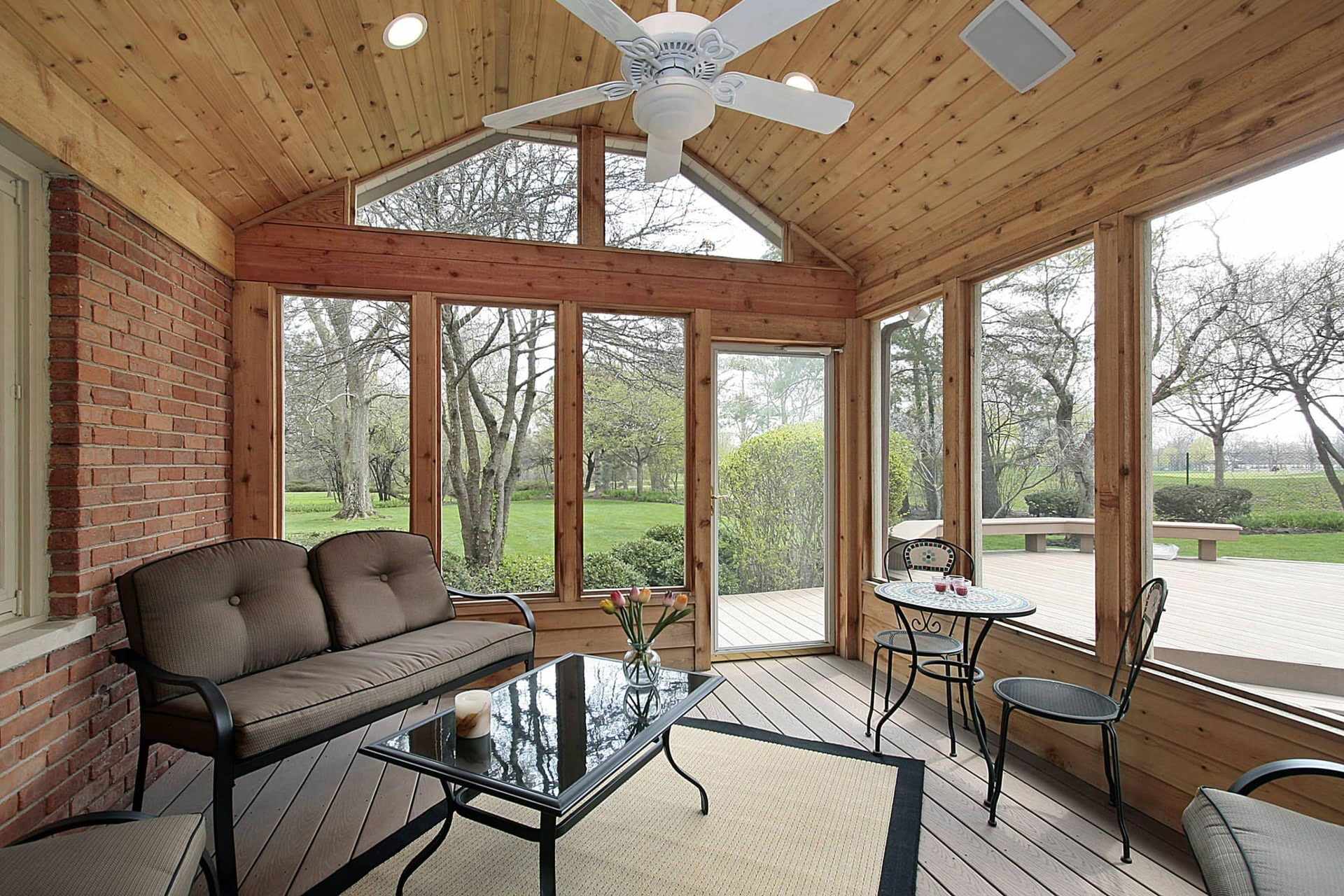
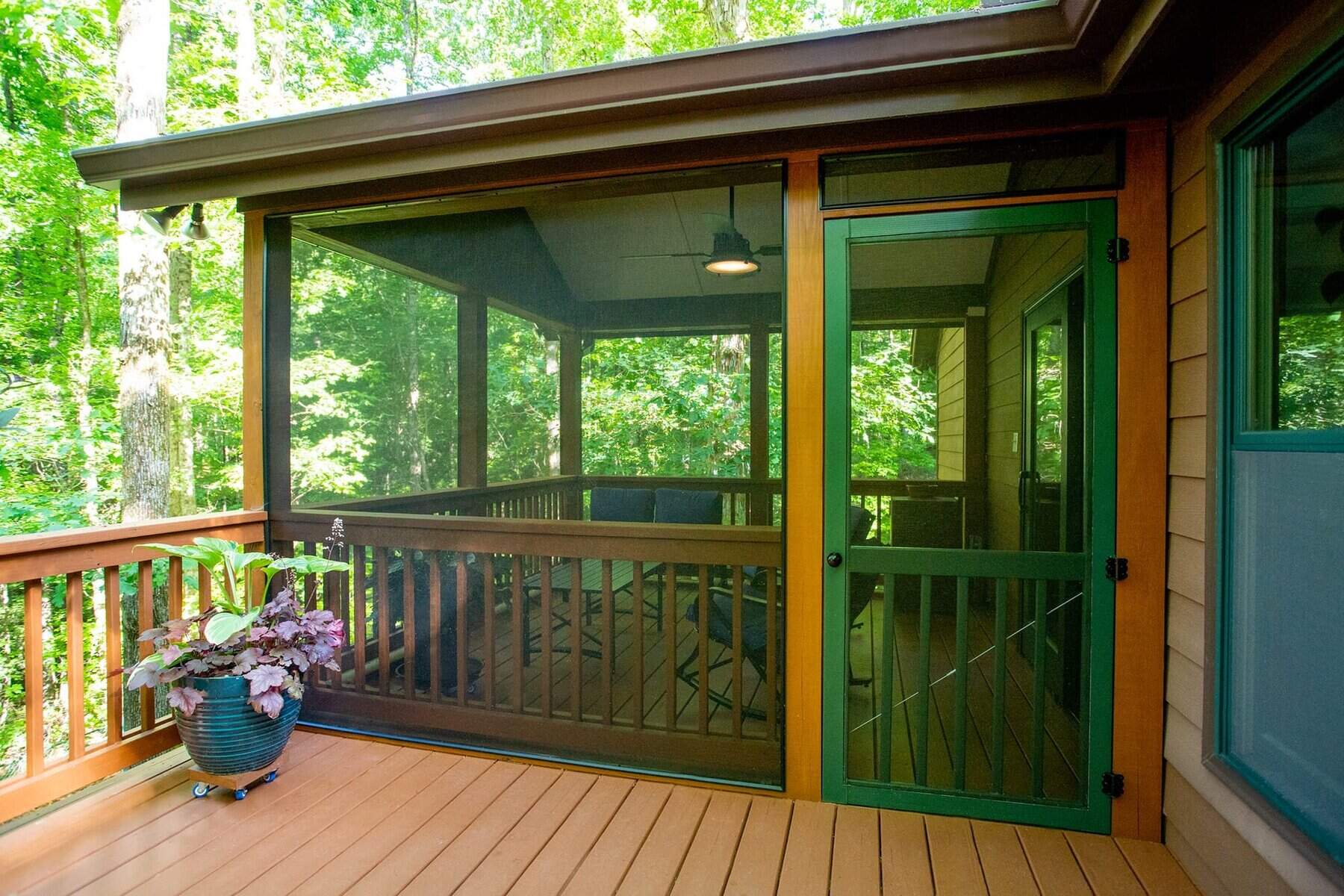

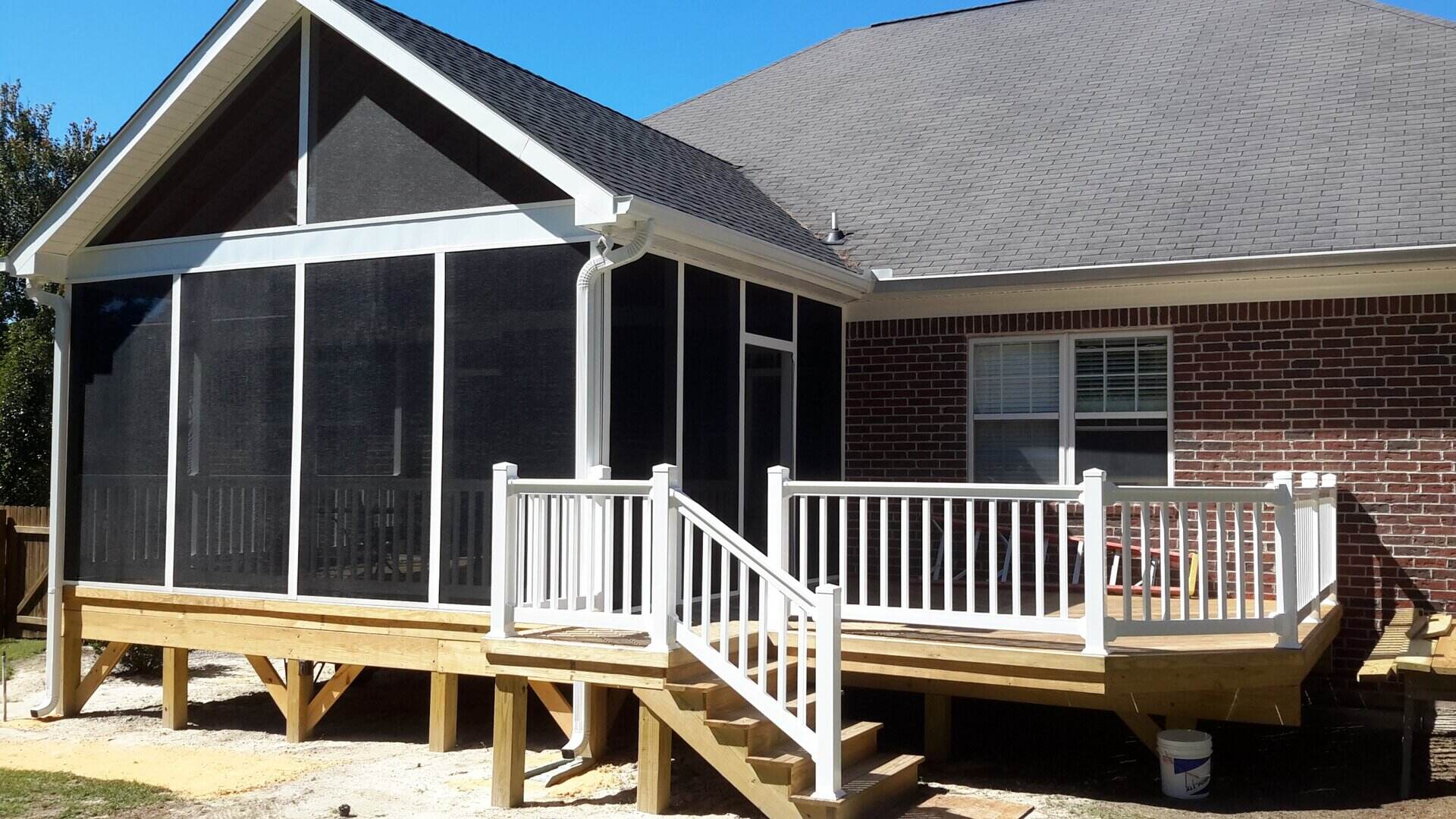
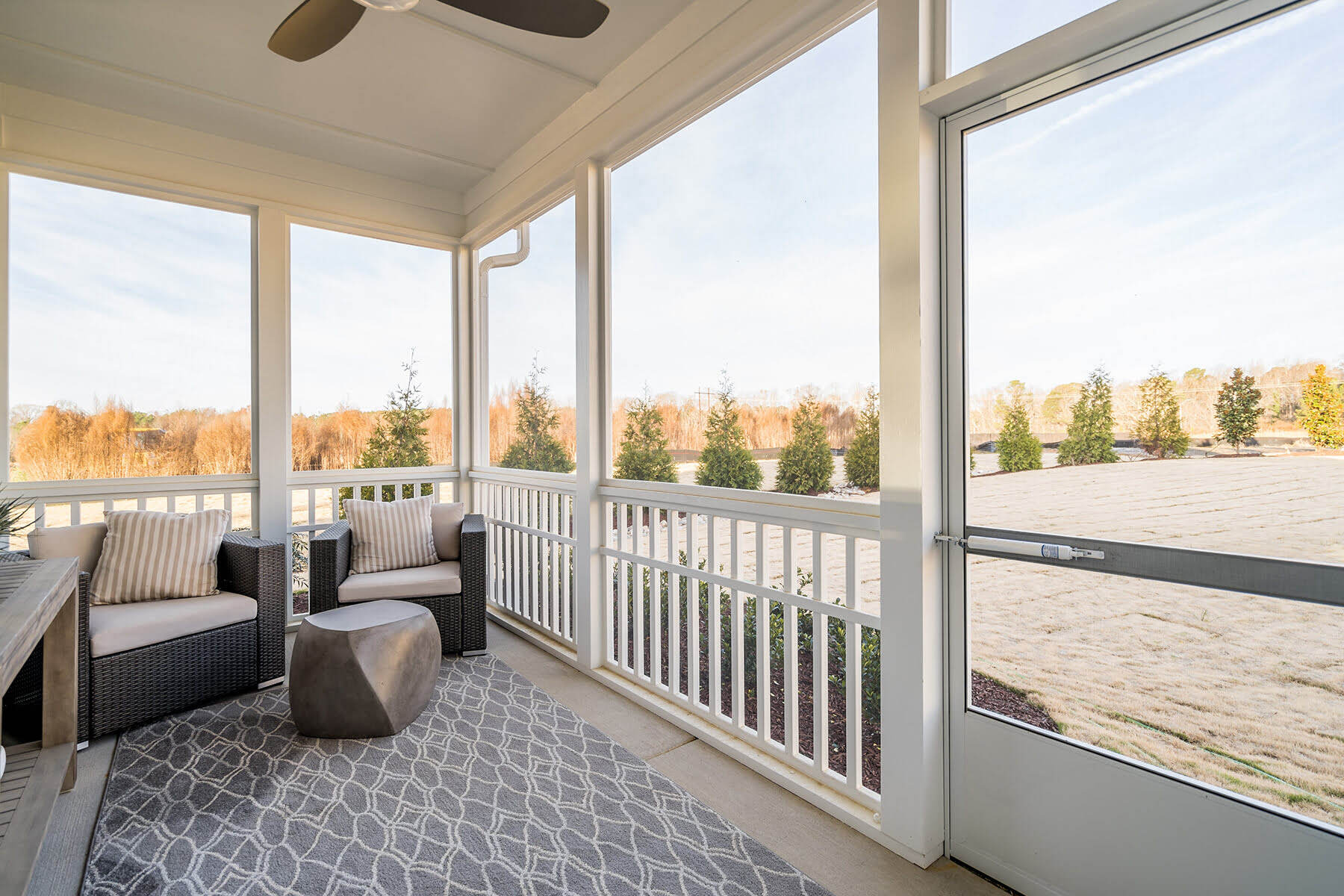
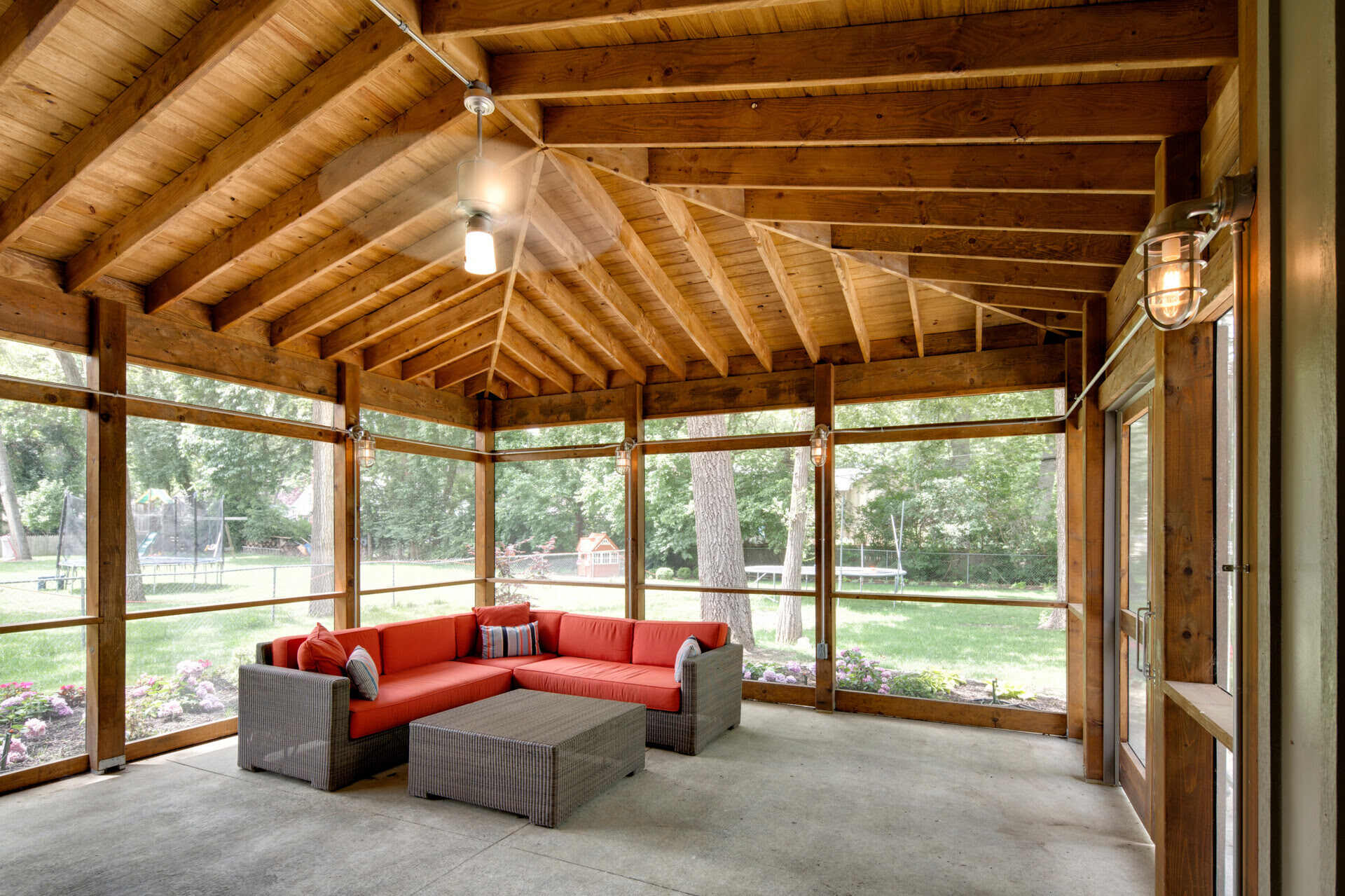
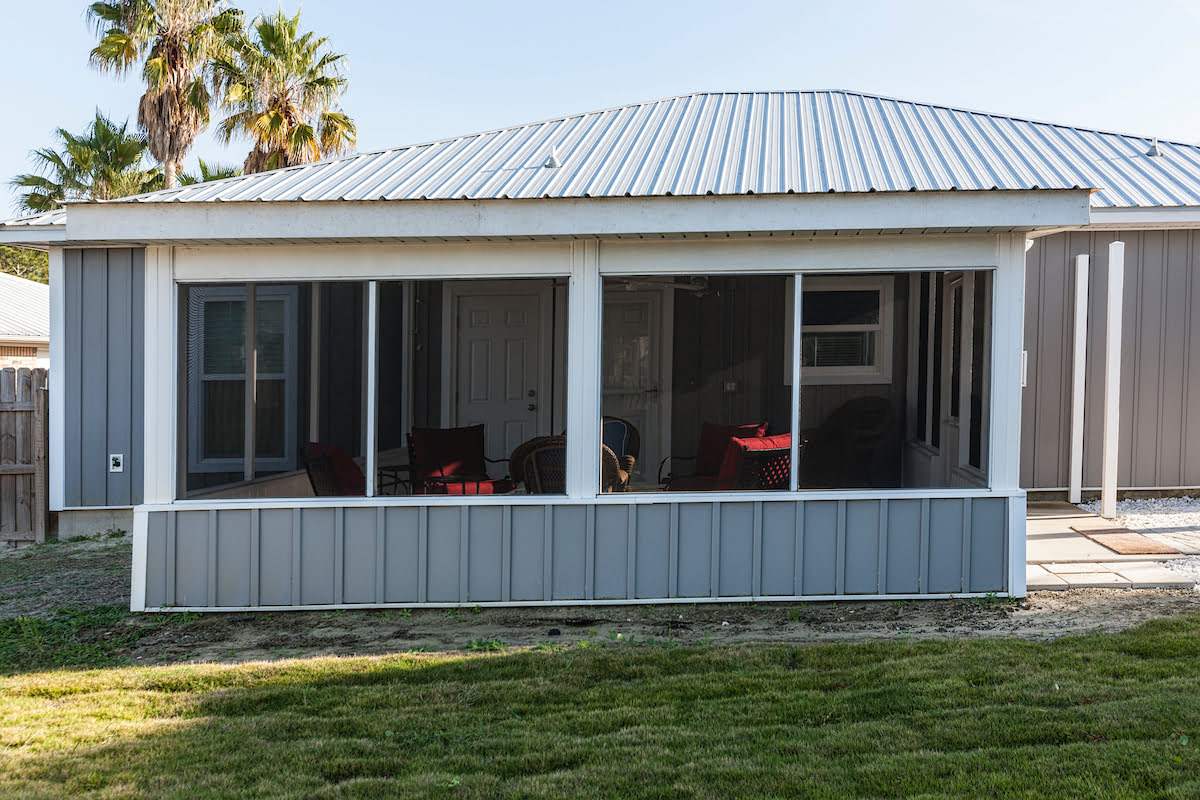

0 thoughts on “How To Cool Down A Screened-In Porch”